Nuraghe Su Mulinu is a prehistoric archaeological site located in the Villanovafranca region of Sardinia, Italy. It’s part of the Nuragic civilization, which thrived in the Bronze Age. The site features a central tower, secondary towers, and a village. It’s the only Nuragic Site to be found with a grand altar in tact. Nuraghe structures are unique to Sardinia and provide insight into the island’s ancient inhabitants. Nuraghe Su Mulinu stands as a testament to the Nuragic culture’s engineering prowess and societal structure.
Get your dose of History via Email
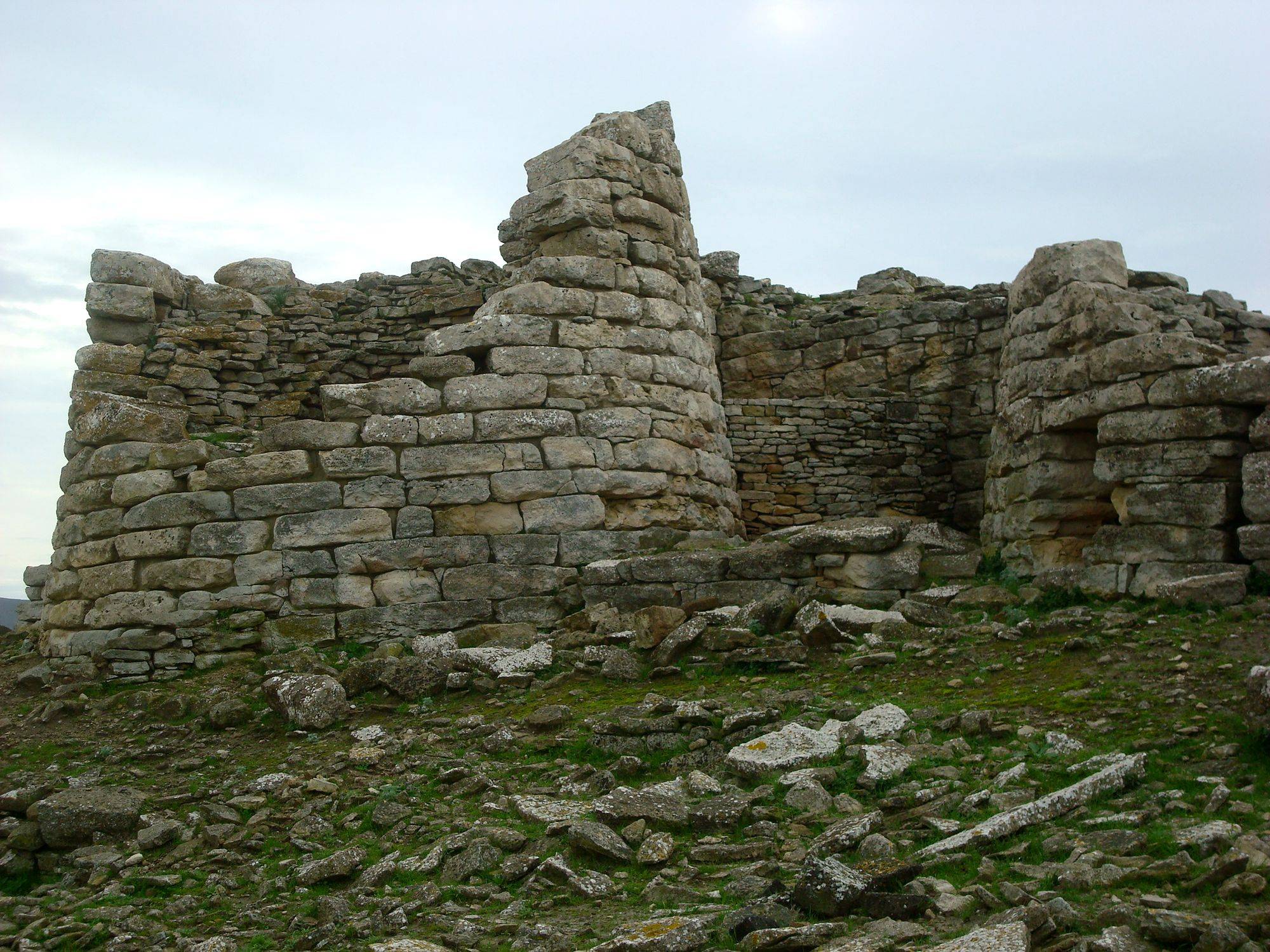
Historical Background of Nuraghe Su Mulinu
Nuraghe Su Mulinu first emerged in 1500 BC, initially serving as a grand nuragic residence for a prominent regional chieftain. What sets this structure apart is its unusual elliptical foundation, diverging from the typical circular blueprint of nuragic towers. Over the years, it underwent numerous renovations, evolving significantly from its original form. By the 8th century BC, it had transformed into an expansive sanctuary, dedicated to worshipping the moon goddess. This transition is underscored by the remarkable find of a grand altar, constructed from three tiered stone blocks, each bearing the engraved emblem of the lunar deity.
The Nuragic civilization is known for its distinctive nuraghes, which dot the Sardinian landscape. While the exact purpose of these towers remains a subject of debate, they likely served as defensive strongholds, dwellings, or status symbols.
The central tower of Su Mulinu, with its impressive megalithic masonry, suggests it was a focal point of the settlement. Later inhabitants, possibly from the Phoenician or Roman civilizations, repurposed the site. However, it’s the Nuragic era that defines its significance.
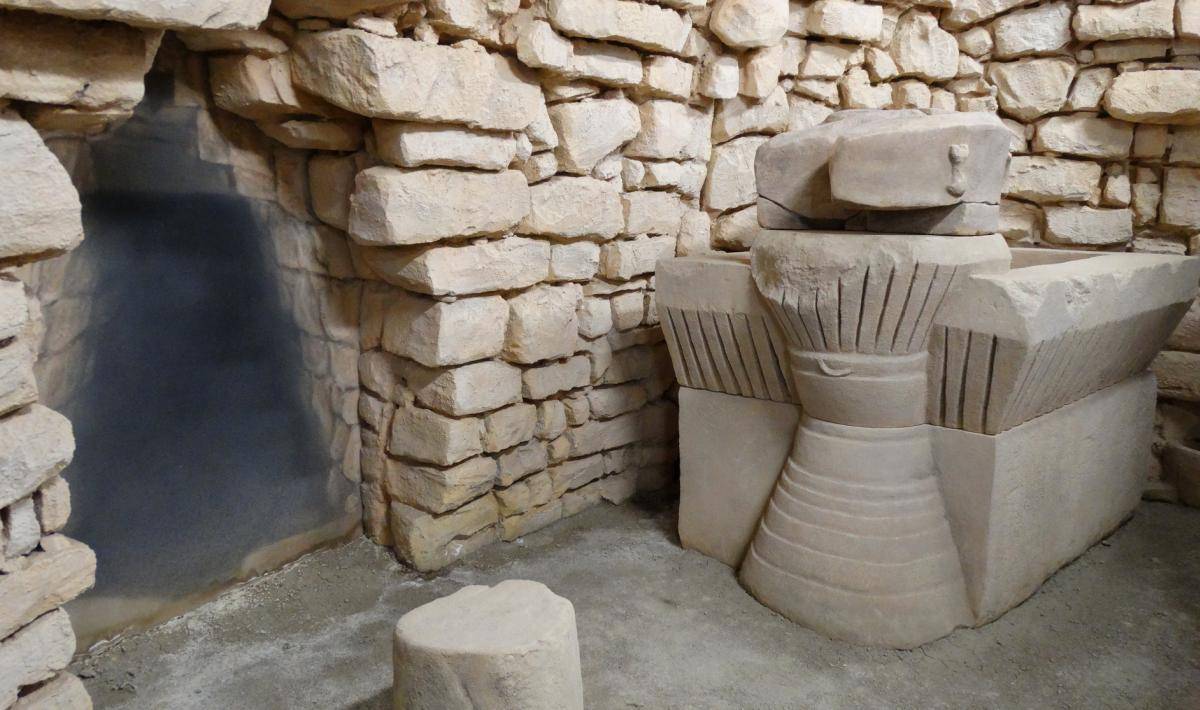
About Nuraghe Su Mulinu
Nuraghe Su Mulinu is a prime example of Nuragic architecture. The central tower, or ‘tholos’, is constructed from large basalt blocks, showcasing the Nuragic mastery of stonework. The complex includes secondary towers and a village, indicating a significant settlement. The nuraghe’s design reflects a hierarchical society, with the central tower likely serving as the abode of the ruling elite.
The construction techniques of Nuraghe Su Mulinu are remarkable. The builders used no mortar, relying instead on the weight and fit of the stones to create stability. This dry-stone masonry has withstood the test of time, preserving the site for millennia. The architectural highlights include corbelled domes and narrow passageways, which add to the defensive capabilities of the structure.
Materials for the construction were locally sourced, with basalt being the primary element. This volcanic rock, abundant in Sardinia, provided the durability needed for such monumental structures.
The towers of Nuraghe Su Mulinu rise above the landscape, offering panoramic views of the surrounding countryside. This strategic vantage point would have been crucial for surveillance and defense. Inside, the chambers and corridors reveal the complexity of Nuragic society, with spaces that likely served various functions from storage to ritualistic purposes.
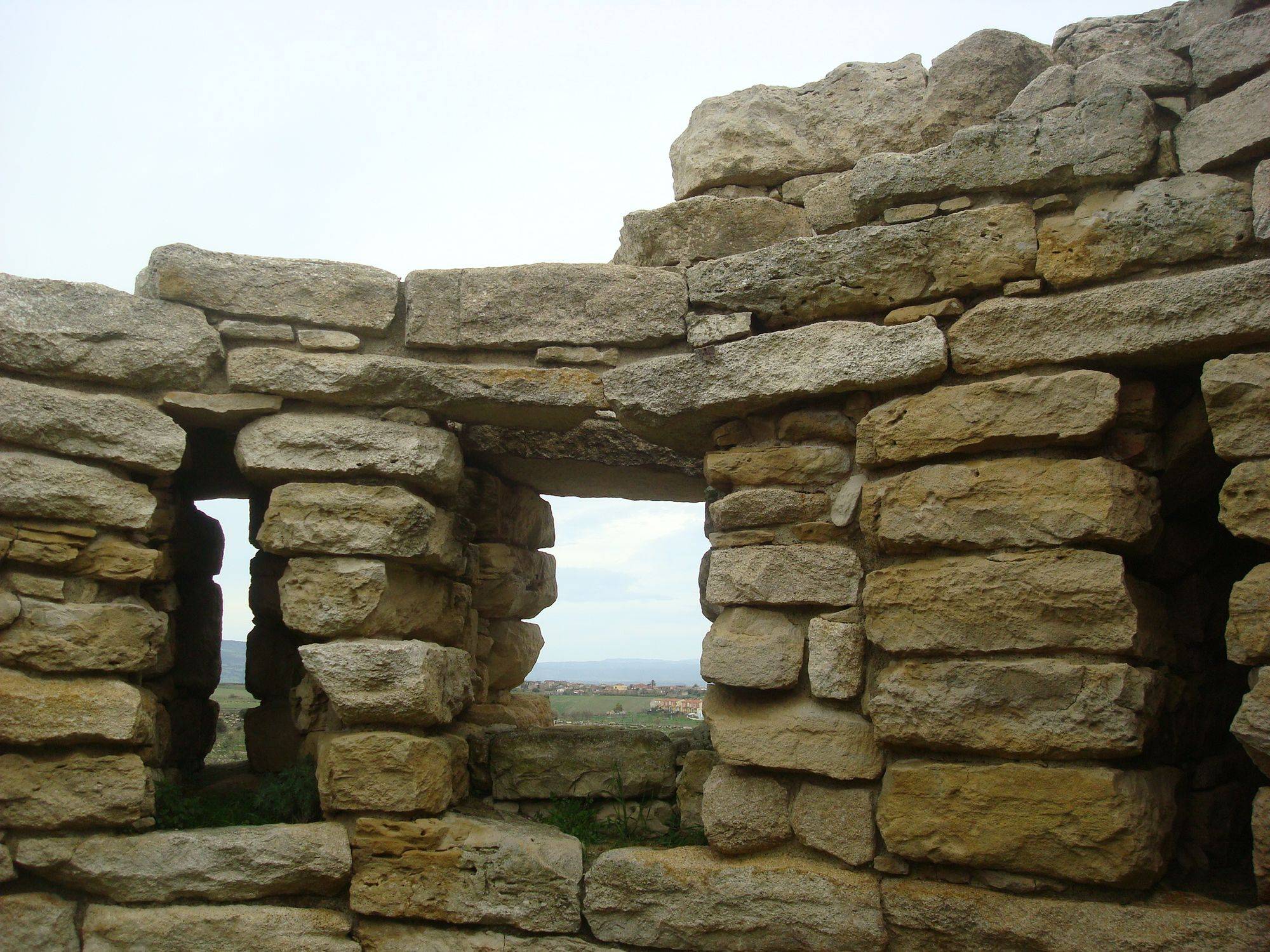
Theories and Interpretations
Several theories exist about the purpose of Nuraghe Su Mulinu. Some scholars suggest it was a fortress, while others believe it had religious significance. The lack of written records from the Nuragic people means that much of our understanding is speculative, pieced together from archaeological findings and comparative studies with other Bronze Age cultures.
Mysteries surround Nuraghe Su Mulinu, particularly regarding the Nuragic civilization’s sudden decline. Theories range from environmental changes to invasions by foreign powers. The site’s artifacts and structures have been matched to historical records of the broader Mediterranean region, providing context to these interpretations.
Dating of the site has been carried out using methods such as radiocarbon dating and stratigraphy. These techniques have helped establish a timeline for the construction and use of the site, placing it firmly within the Bronze Age. The dating also aligns with the broader chronology of the Nuragic civilization’s presence on Sardinia.
Ultimately, the true purpose and significance of Nuraghe Su Mulinu may never be fully understood. However, ongoing research and archaeological discoveries continue to offer new insights, enriching our understanding of this ancient site and the people who built it.
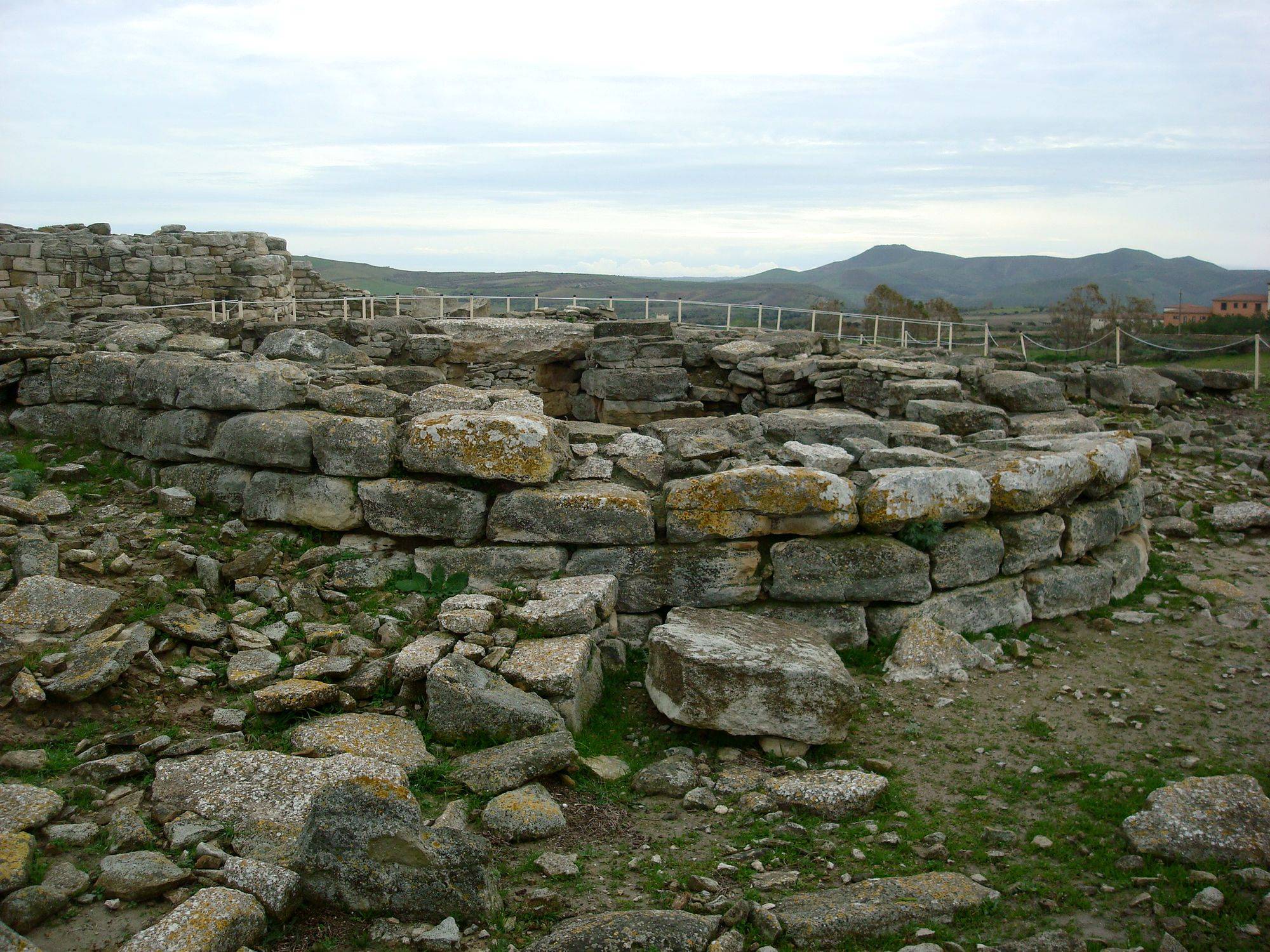
At a glance
Country: Italy
Civilization: Nuragic civilization
Age: Circa 1500 BC
Conclusion and Sources
Reputable sources used in the creation of this article include:
- Wikipedia: https://en.wikipedia.org/wiki/Nuraghe_Su_Mulinu
- World History Encyclopedia: https://www.worldhistory.org/Nuragic_Civilization/
- Image credit: https://www.sardegnaturismo.it/it/esplora/nuraghe-e-museo-su-mulinu
- Image credit: https://arthive.com/sl/exhibitions/6009

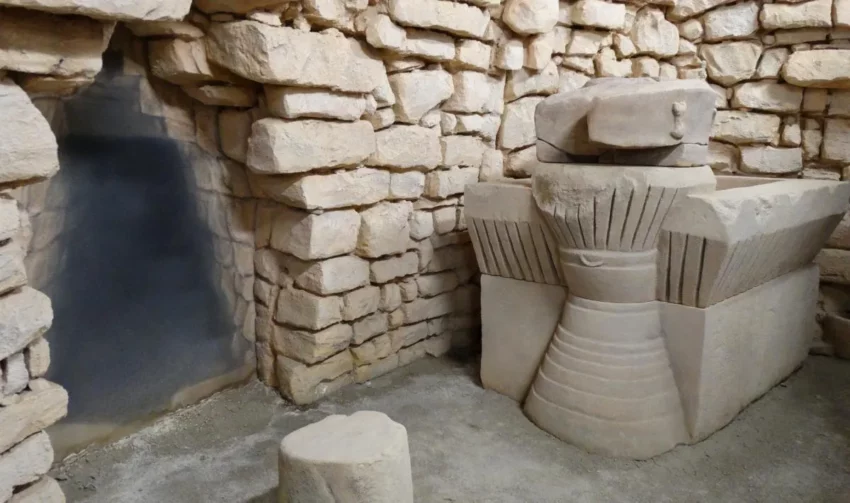
I love the wines from the region and would love to travel to the area and visit these amazing historical masterpieces!
Now are there any wonderful people that will empower myself and a possible companion with a huge grant to send us there ?